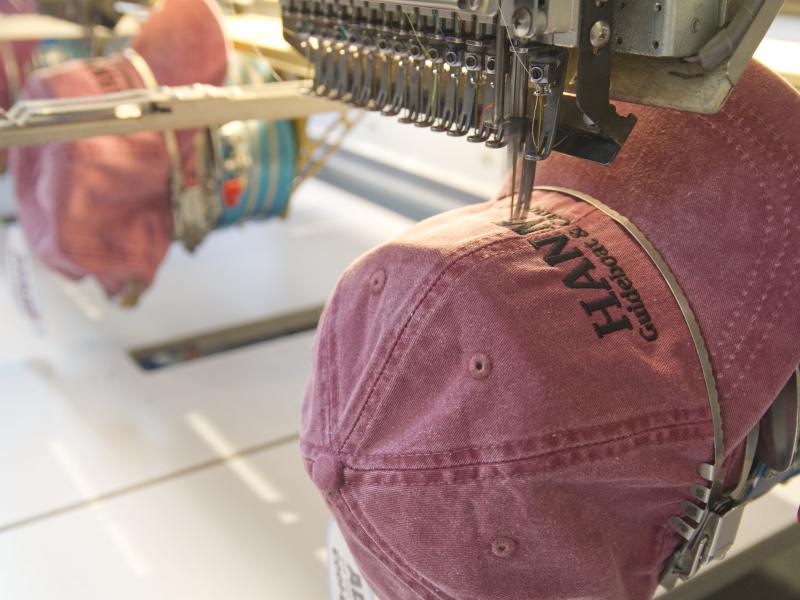Breaking Down the Differences Between Credit Unions & Banks
We have compiled a simple chart to help you understand the positives and negatives of working with a local credit union vs. regional or national banks.
| Credit Unions | Banks | |
|---|---|---|
| Organization Type | Non-profit | For-Profit |
| Profit Allocation | Profits directly benefit members and their communities in the form of lower fees, better rates, more ATMs, local discounts, and community funding/donations. | Profits are maximized for the entity and stockholder dividends. These are not shared with the members. |
| Customer Service | Customized, individualized, and catered to the specific needs of the community members. | Ridged and not flexible. Strict regulations are in place for all members, regardless of individual needs. |
| Membership Eligibility | Limited based on specific criteria such as geographic constraints, employment, or membership in a group. | Open to anyone. |
| Credit Eligibility | Works with all members, including those with bad or no credit, to get them the financial services and loans they need. | Has strict regulations on credit scores to be eligible for financial services and loans. |
| Financial Trust | Deposits are insured by the National Credit Union Association (NCUA) and are backed by the full faith and credit of the United States Government. | Deposits are insured by the Federal Deposit Insurance Corp. (FICA) and are backed by the full faith and credit of the United States Government. |
| Branches | Often have fewer branches and locations throughout a smaller geographic area. | Tend to have more branches over a greater geographic area. |
The Difference Between a Credit Union and a Bank
Common Credit Union Myths
Did you know that according to a Statistica report, there were over 126.6 million credit union members across the United States in 2020 and this number continues to grow by 4-5 million new members per year? Despite this growth, common myth's continue to prevent some people from making the switch. We have compiled the top seven myth's with the answers to help you understand fact from fiction.
Myth 1:
Because they offer limited branches, it is hard to get money when you need it
When you work with Adirondack Regional Federal Credit Union, you have access to over 30,000 ATMs with no fees. That is because we have partnered with a Co-Op program that allows you to draw your money from across the country in any of our 50 states with no surcharge fees.
Myth 2:
Credit unions offer fewer services
You might be surprised to hear that we offer the same number of services (if not more) than the larger banks in the area. And, since we are a non-profit, we are able to offer you better rates and savings than you would get if you chose to work with a for-profit bank.
Need a car loan? We can help. What about a mortgage? We have those. Youth savings account, small business checking, vacation savings account? You can get them all at Adirondack Regional FCU.
Myth 3:
Credit unions are only for people that have no credit
While one of the great things about credit unions is the ability to get a loan if you have little or no credit, we will work with any individual or business that lives, works, worships, or goes to school within our NY territory. This includes Franklin County, Essex County, Clinton County, and a selection of towns throughout St. Lawrence County.
Myth 4:
Mobile banking is not available at credit union
Not only do we offer online banking, but we also have a recently updated mobile app that allows you to transfer funds, pay bills, set up fraud alerts, and easily manage all of your money from the comfort of your home.
Myth 5:
Credit unions are not as regulated as the bigger banks
When it comes to handling your money, we take it seriously. Adirondack Regional FCU is a federally regulated credit union under the National Credit Union Administration (NCUA). This means we are highly regulated just like the big banks to ensure your money stays safe, even though you are able to save more through our non-profit status.
Myth 6:
Because credit unions are non-profit, they don’t pay taxes which help their local communities
While we are exempt for federal taxes due to our non-profit status, we still pay a variety of other taxes that directly benefit Northern NY. What we don't pay in federal corporate income tax is often reinvested into the community through scholarships for local students, community programs, and various charitable giving events.
Myth 7:
Credit Unions don't offer reward programs
When you take out an Adirondack Regional FCU credit card, we offer some amazing rewards. In fact, we offer six different types of credit cards, each with their own unique reward system!




